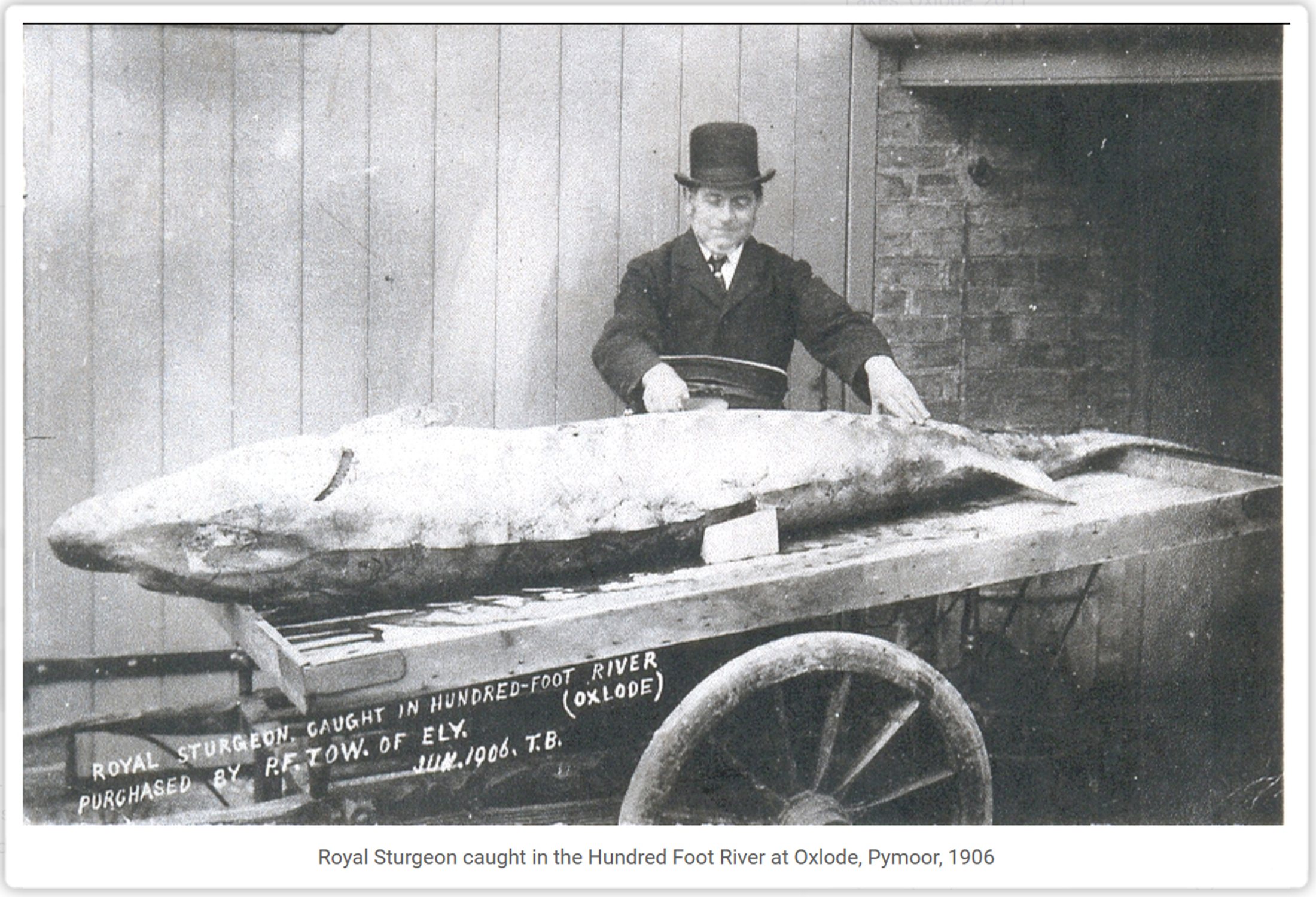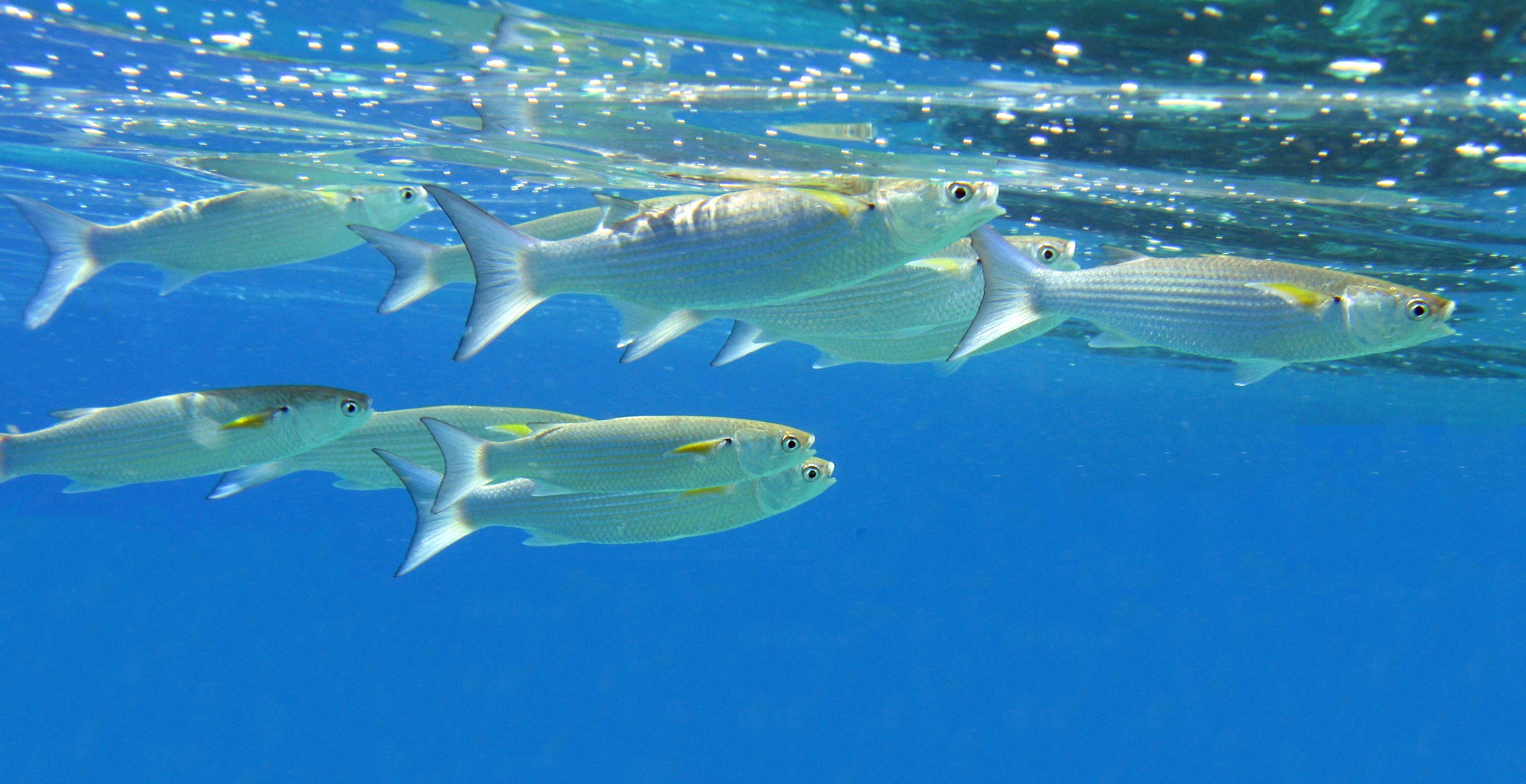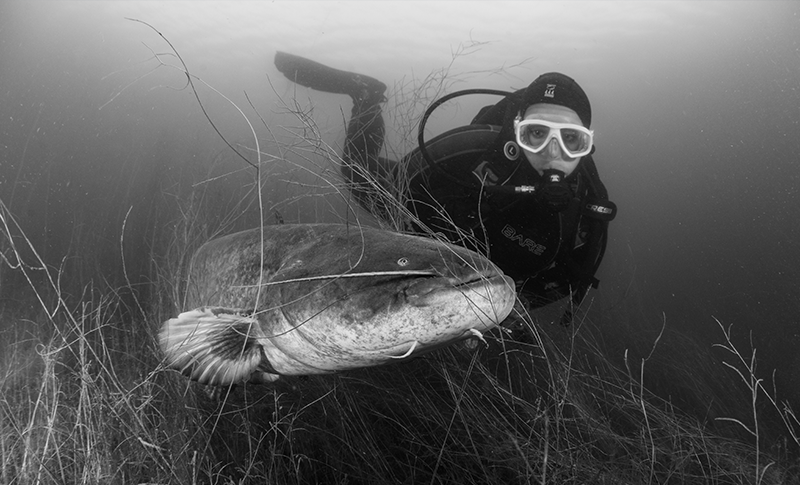When ecologist Niels Brevé recently opened his email, he could hardly believe what he saw. One of the fish he fitted with a transponder in a study he conducted in 2017 had surfaced. Literally, as it was caught by a German professional angler in the Mannheim harbour. No less than 550 kilometres from the Haringvlietsluizen, where Brevé dropped it into the sea.
‘This is completely impossible’, Brevé recalls his first reaction. ‘It is physically possible, of course, but how has the fish managed this?’. Mannheim is very distant for a fish that is considered non-migratory. And there are many dangers along the route. Ships, waterworks, and a considerable amount of fishing. ‘But the proof was irrefutable: a picture of the tracker with all its data.’
Presumed dead
Fish 11328 was one of 67 zanders equipped with transponders and released into the sea for an experiment at the start of 2017. The study was to investigate if, and if so how, freshwater fish were able to find their way back into freshwater. Thousands of freshwater fish per day enter the sea through the sluices. Are they all to be presumed dead, or do some manage to find their way back?
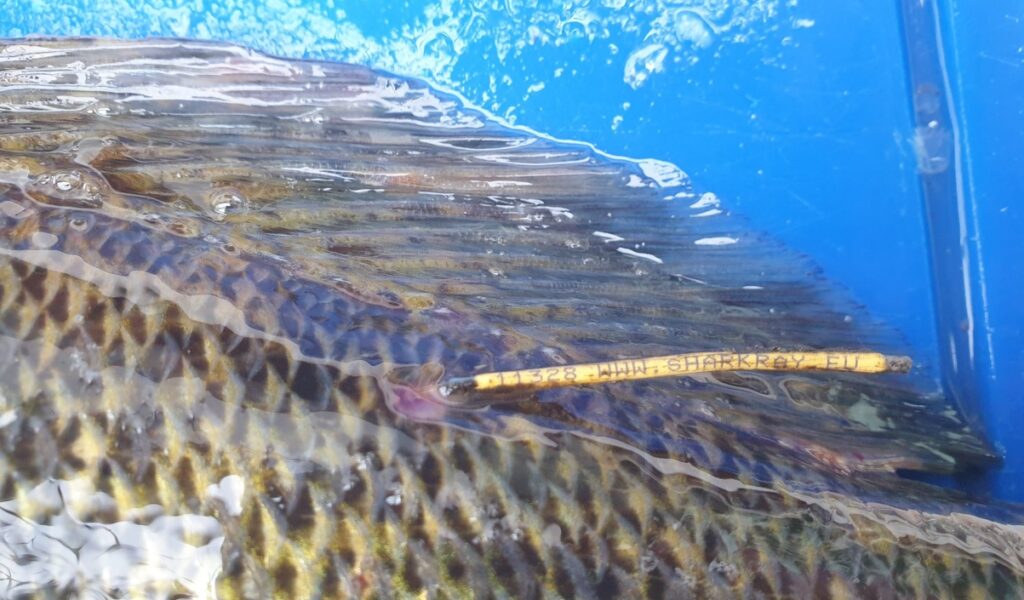
Eleven out of the 67 zanders made their way back. They used the fish thoroughfares in the sluices’ pillars or the boat sluice. The remainder swam in the brackish water outside of the floodgates and eventually perished. The eleven fortunate zanders disappeared from sight within an average of eleven days. One valiant fish was caught by a fisher 194 days later, 112 kilometres upstream.
Odd one out
Zander 11328, a male specimen, is unusual in all aspects. Over the past five years, the animal grew from 21.5 cm to its current 64.5 cm in length. Its bodyweight quadrupled to just over three kilogrammes when the German fisher reeled it in. To be clear, 11328 is no longer alive. The animal ended up in a German stomach.
We are working with all parties involved to see how we can keep the sluices open for as long as possible
Niels Brevé, PhD candidate Marine Animal Ecology
As a test subject, zander 11328 was valuable, Brevé explains. The experiment contributed to an adjustment in sluice operation, increasing the fish’s chances of making it back. ‘This applies mainly to freshwater fish that are expelled into the sea, but also to saltwater fish that end up in the Haringvliet. We are continuously working with all parties involved to see how we can keep the sluices open for as long as possible.’
In addition to Public Works and Water Management, these parties are VisAdvies, ARK Natuurontwikkeling, the WWF and Sportvisserij Nederland. The latter, Brevé’s employer, funds the ecologist’s PhD at WUR. This doctorate focuses on possibilities to reintroduce the sturgeon in the Rhine.

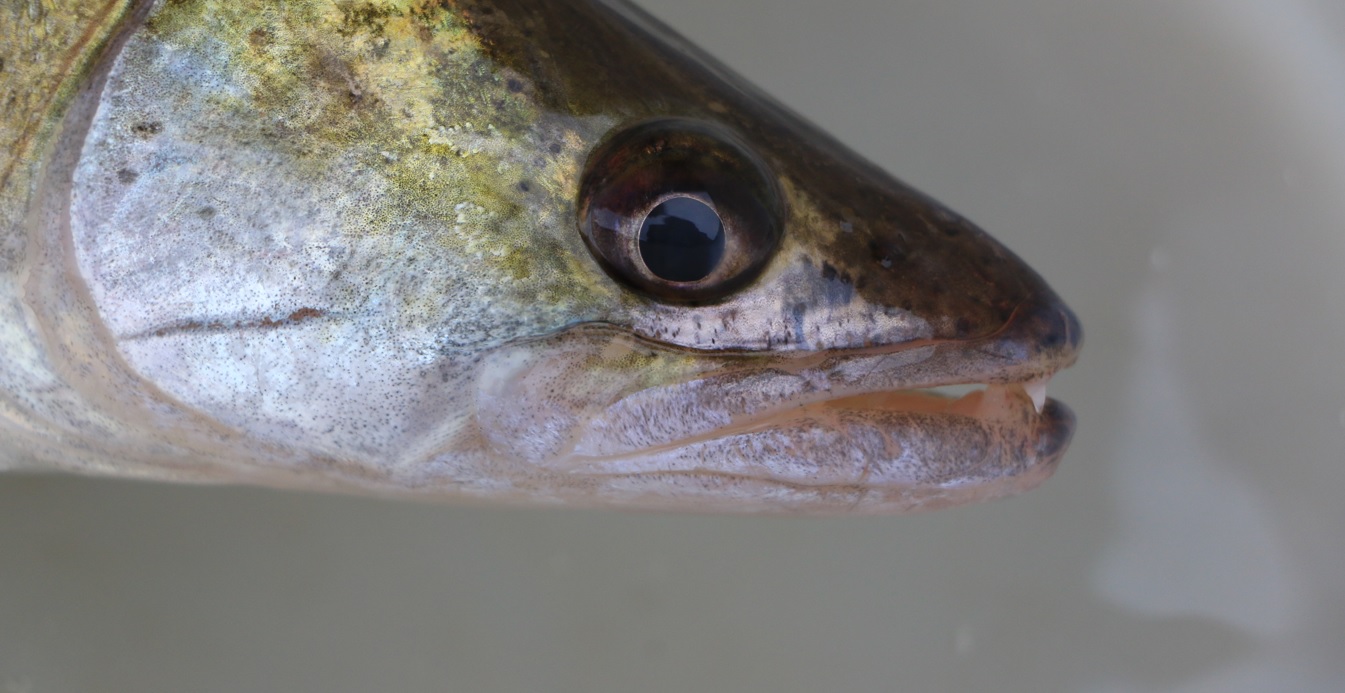 Zander11.328 ended its long journey on a German plate. Photo Niels Brevé
Zander11.328 ended its long journey on a German plate. Photo Niels Brevé 